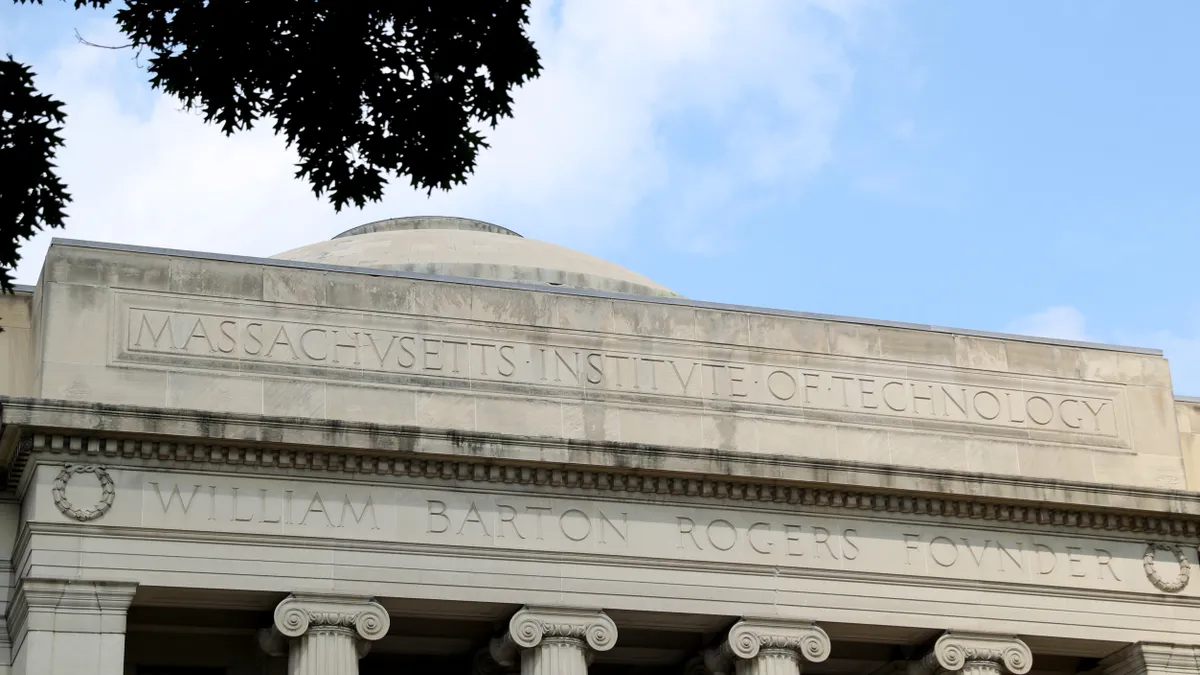Laurie Gagnon is program director of the CompetencyWorks initiative at the Aurora Institute, a national education nonprofit.
In recent years, understanding has grown that traditional ways of measuring student performance aren’t always the most effective.
More and more colleges no longer require the SAT as an admission requirement — in fact, more than 1,900 institutions are not requiring the ACT or SAT for fall 2024 admissions, according to a recent count from FairTest.
The Carnegie Foundation, the founder of the time-based Carnegie Unit, or credit hour, that is used to measure “seat-time” in K-12 schools and postsecondary institutions, recently announced it is moving away from the measure. Instead, it wants to focus on the development of competency-based assessments, which often involve using authentic performance assessments to demonstrate mastery against clear competencies and criteria.
The traditional high school transcript should be next on the burn list.
These static documents have never truly captured the full breadth of what students know and are able to do upon leaving high school, let alone proven useful for continued learning. Today, fewer than 1 in 5 American students are following a clear and uninterrupted path from high school through college to career.
The typical high school transcript does not recognize or acknowledge ongoing learning. In fact, traditional transcripts tell us very little about what students actually know and can do. An “A+” at one school may mean something entirely different at another. Essential skills that we know our young people need to be successful in postsecondary learning institutions and careers — skills such as communication, collaboration and critical thinking — are not reported on in traditional transcripts.
The good news is an alternative to the traditional high school transcript exists: next generation credentials. Next generation — or “next gen” — credentials are competency-based diplomas and certifications that result from a student demonstrating proficiency around a holistic set of competencies.
Supporting next gen credentials are learner records, which are accessible and useful to students both for guiding and communicating their learning in real time. They align to a competency framework that outlines learning goals, capture learning outside of a traditional classroom and communicate a student’s level of competency for each learning goal.
For example, the empirical reasoning competency created by Big Picture Learning captures whether students can use empirical evidence and a logical process to make decisions and evaluate hypotheses. Students might demonstrate this with coursework in biology and sociology, as well as evidence from an internship supporting a community organization on evaluating a program.
Many postsecondary institutions already support next gen credentials. Bodies such as the New England Board of Higher Education approve of these sorts of transcripts because they truly “capture students’ mastery of habits of work and cross-curricular knowledge and skills.”
And 85 New England institutions of higher education have noted that proficiency-based diplomas, a type of next gen credential, do not disadvantage college applicants.
The MTC Mastery Transcript is one example of a next gen transcript that is designed to better reflect what students know and can do, in contrast to a traditional high school transcript that offers a list of courses students have taken over time.
Provided by the Mastery Transcript Consortium, a nonprofit membership network for schools, the MTC Mastery Transcript is designed to be dynamic and interactive. It displays a list of skills and competencies each learner has demonstrated, artifacts from a student’s actual projects as evidence of competency, and a list of courses or learning experiences completed to indicate how a student met the requirements.
Additionally, across the country, we see examples of states that are piloting and innovating with next gen credentials.
A recent report put out by the organization I work for, the Aurora Institute, explores these examples. Vermont’s Proficiency-Based Graduation Requirements better reflect what every student should know, understand and be able to do upon graduation. Utah has partnered with the Mastery Transcript Consortium to provide competency-based transcripts and learner record tools to schools moving toward more personalized models. And North Dakota recently announced it would launch a next gen digital learner wallet to contain a record of students’ credentials.
Looking abroad, New Zealand is an early adopter of world-class competency frameworks for credentialing across education and employment. Each student has a Record of Achievement storing evidence of demonstrated knowledge and skills.
This learner record grows as students gain new skills through postsecondary study and industry training, part of the country’s goal of making learning visible to future employers and providing open access to pathways for students. This system allows secondary schooling to be seamlessly aligned with higher education and the workforce.
The reality is that the world is changing, and learners need to be aware of the essential skills that will help them to thrive in a world where multiple careers are the norm.
Next gen credentials will allow the young people entering postsecondary institutions to be more informed about their knowledge and skills — and how they can continue to grow and thrive in their futures. Colleges will have more robust information to make admissions decisions that bring together a community of diverse, prepared learners. In turn, this will allow learners to gain more value from their postsecondary experiences and contribute to a more meaningful and vibrant higher education experience for all.






















